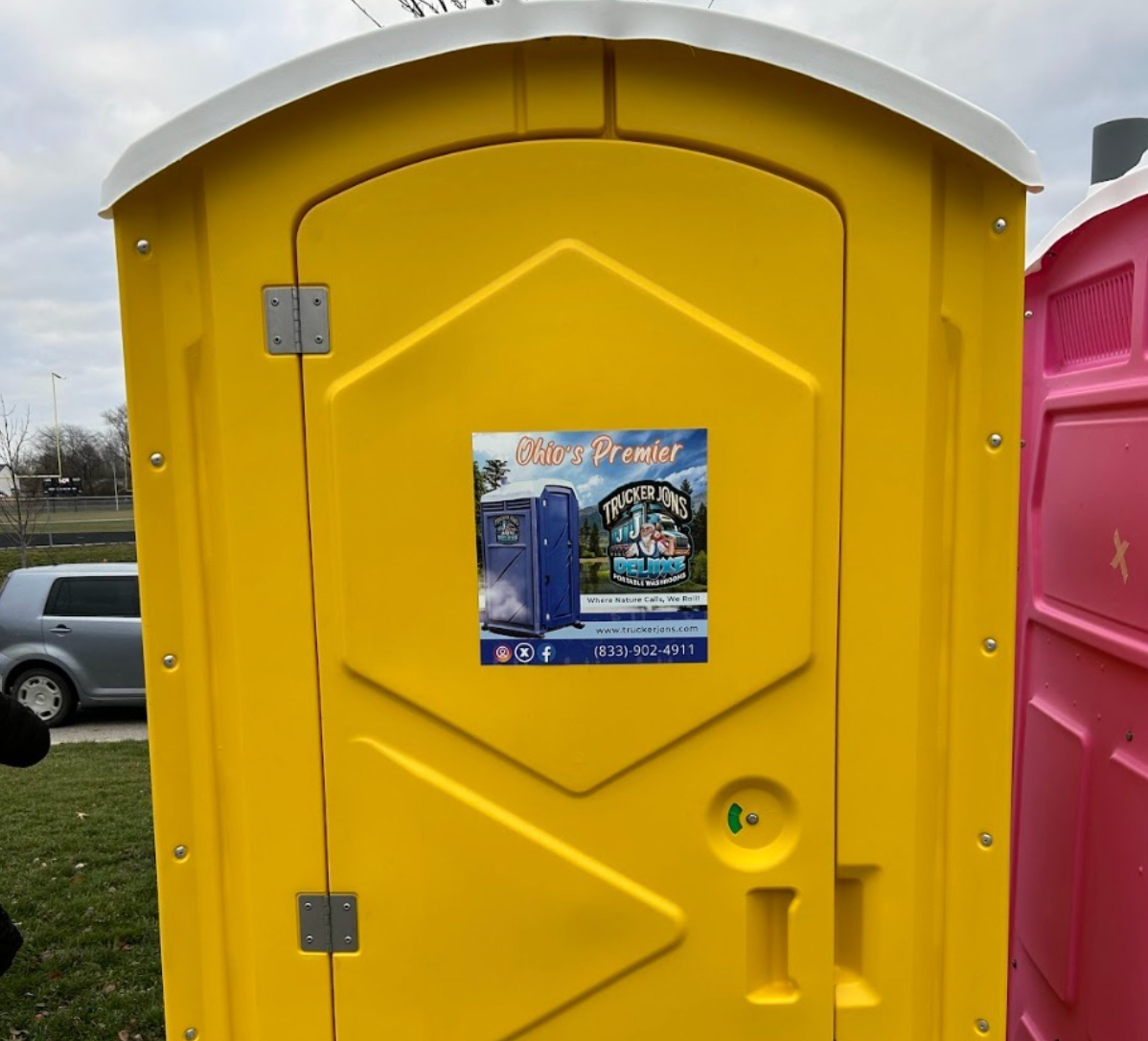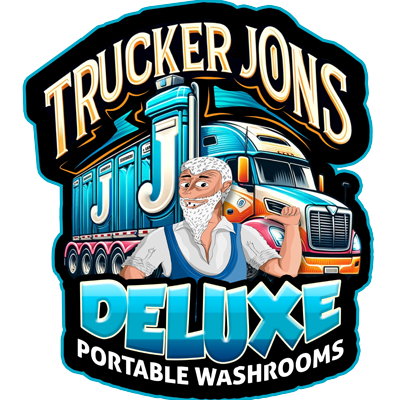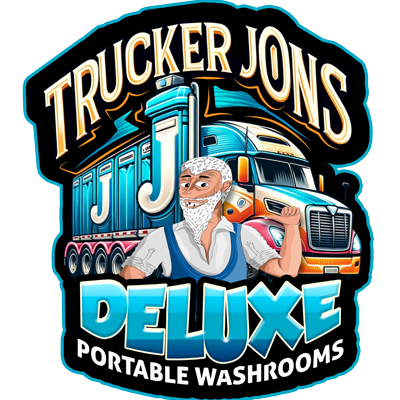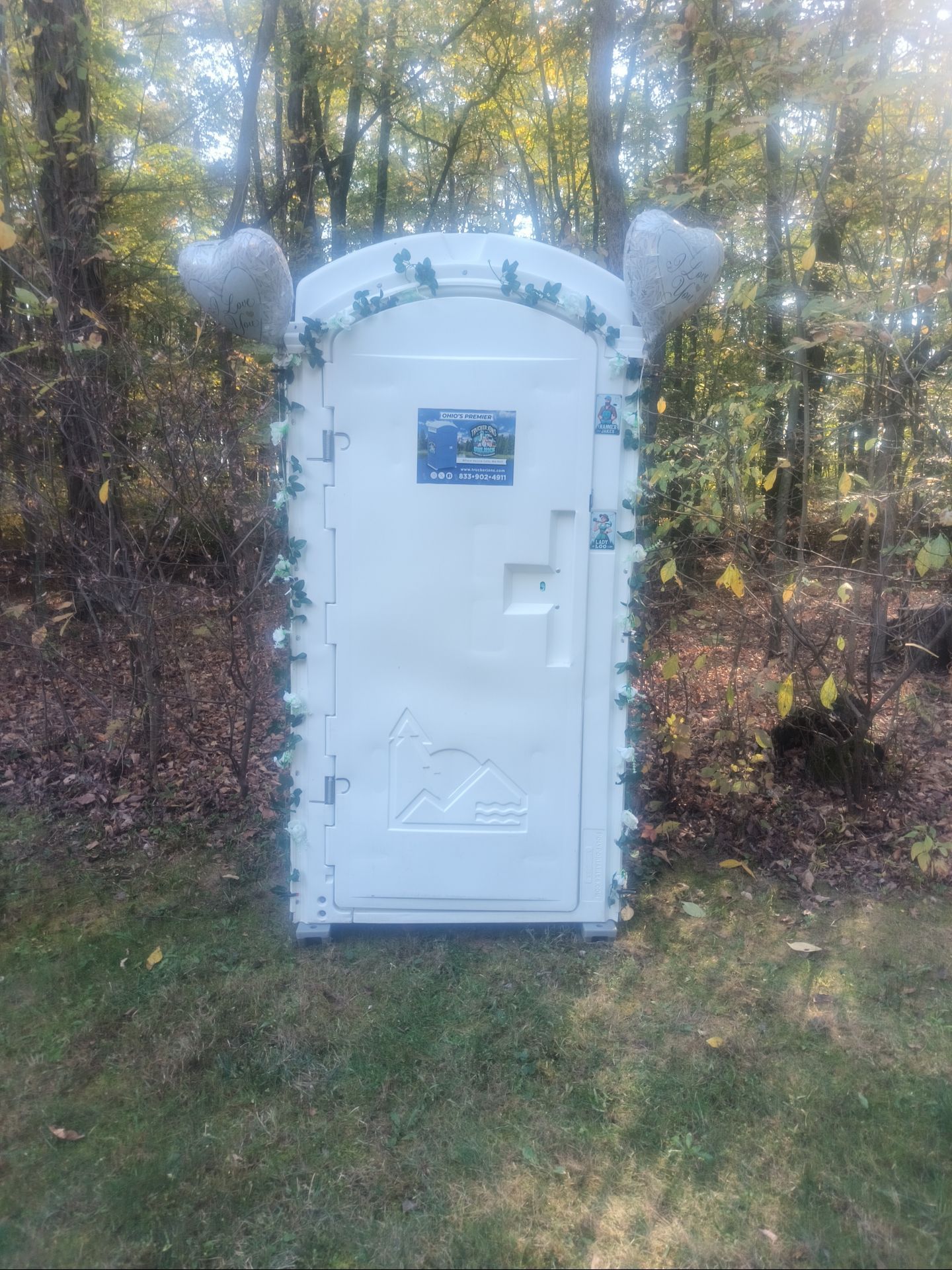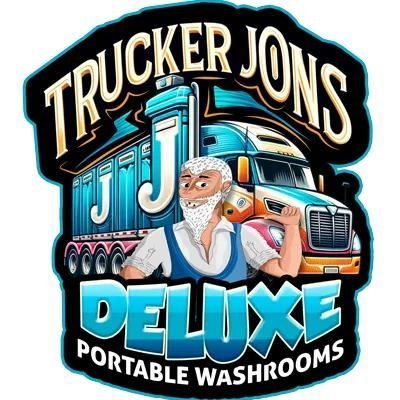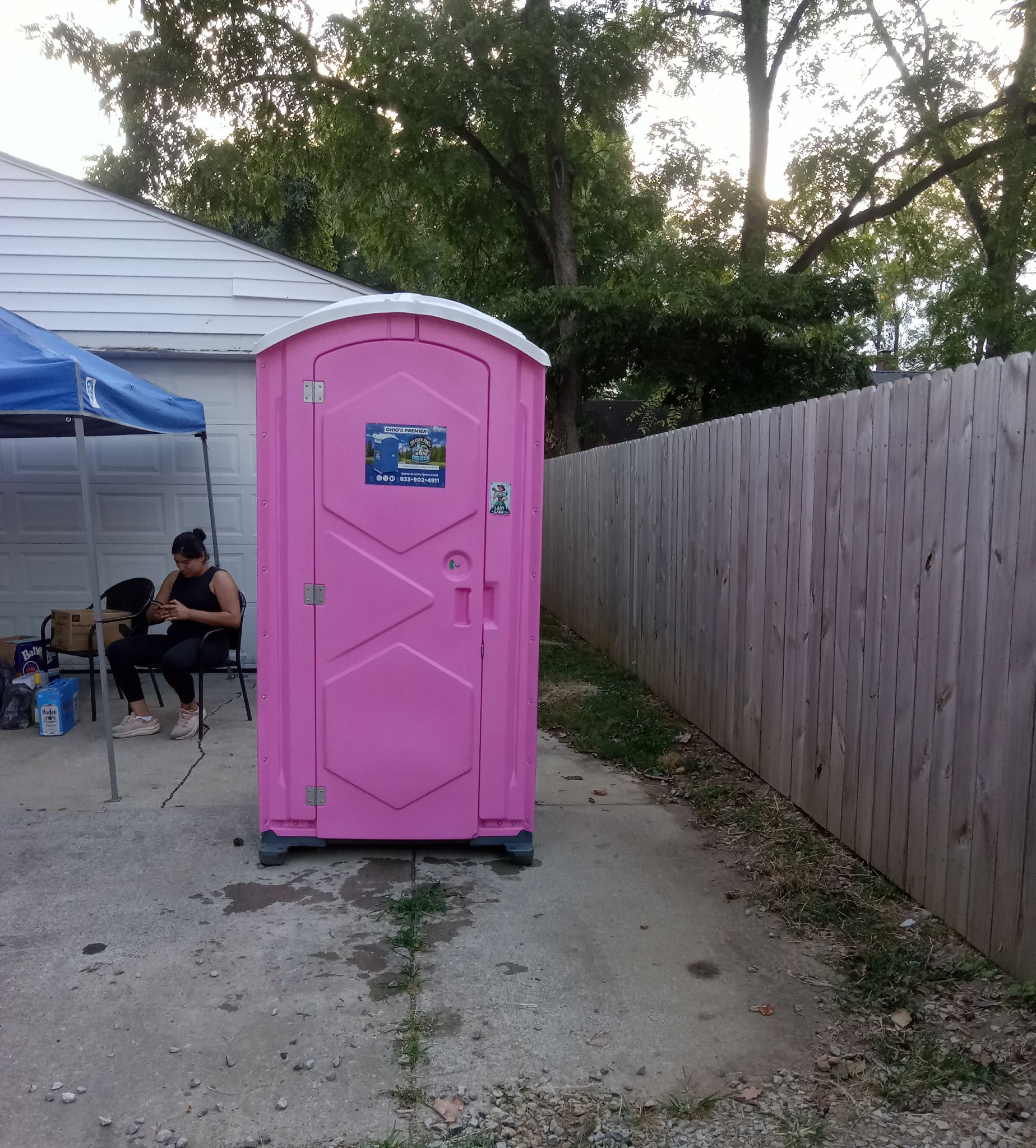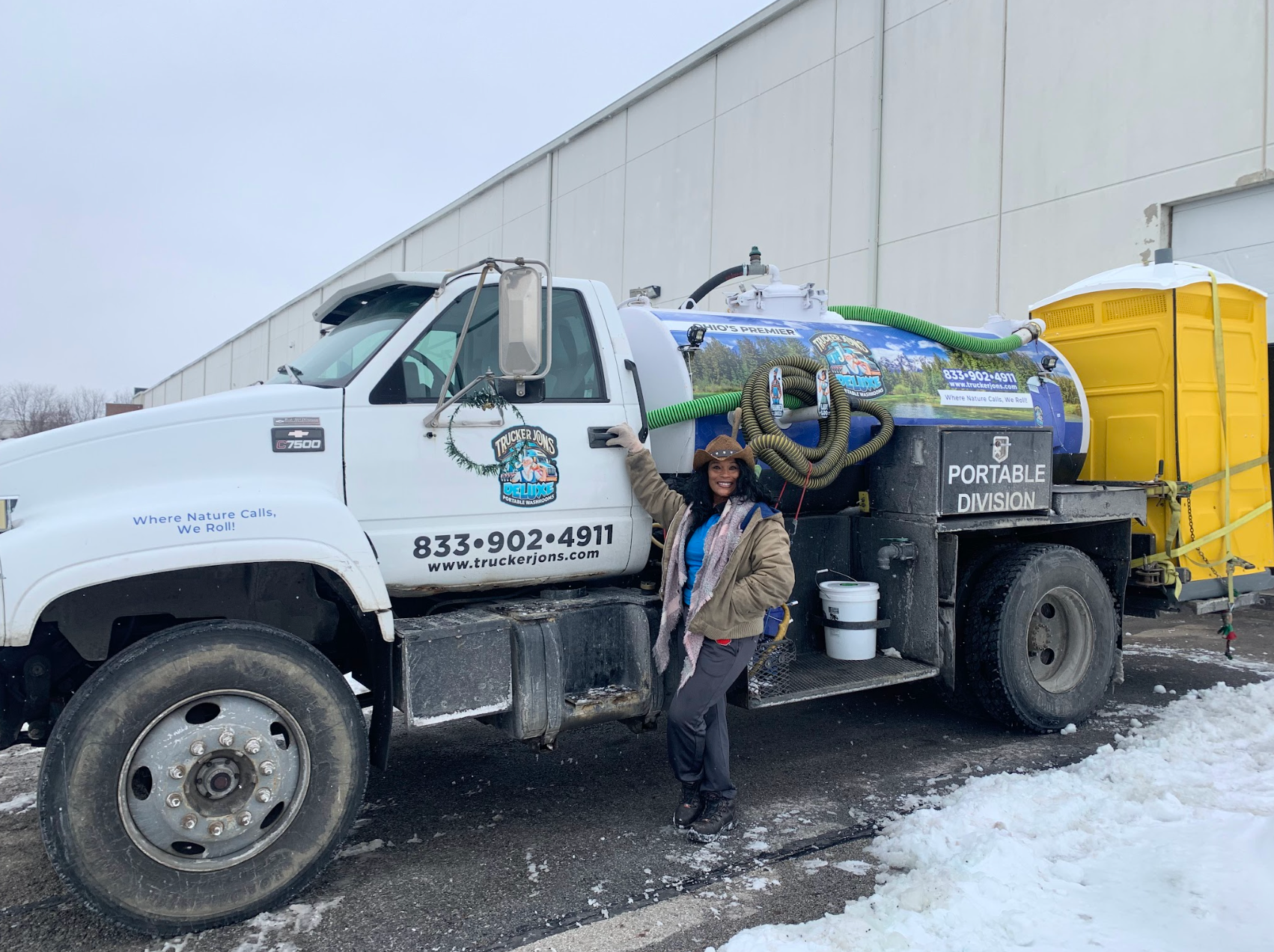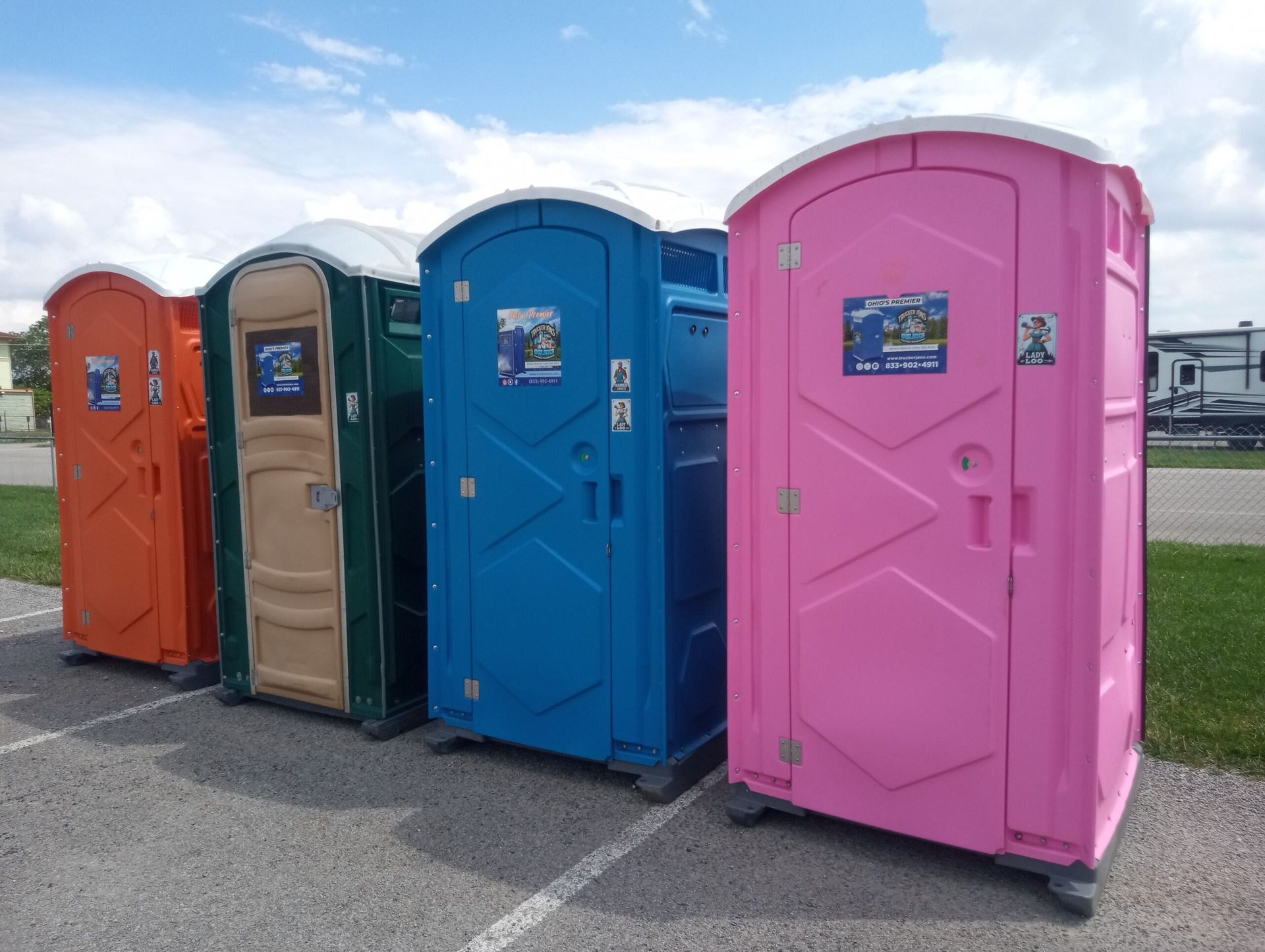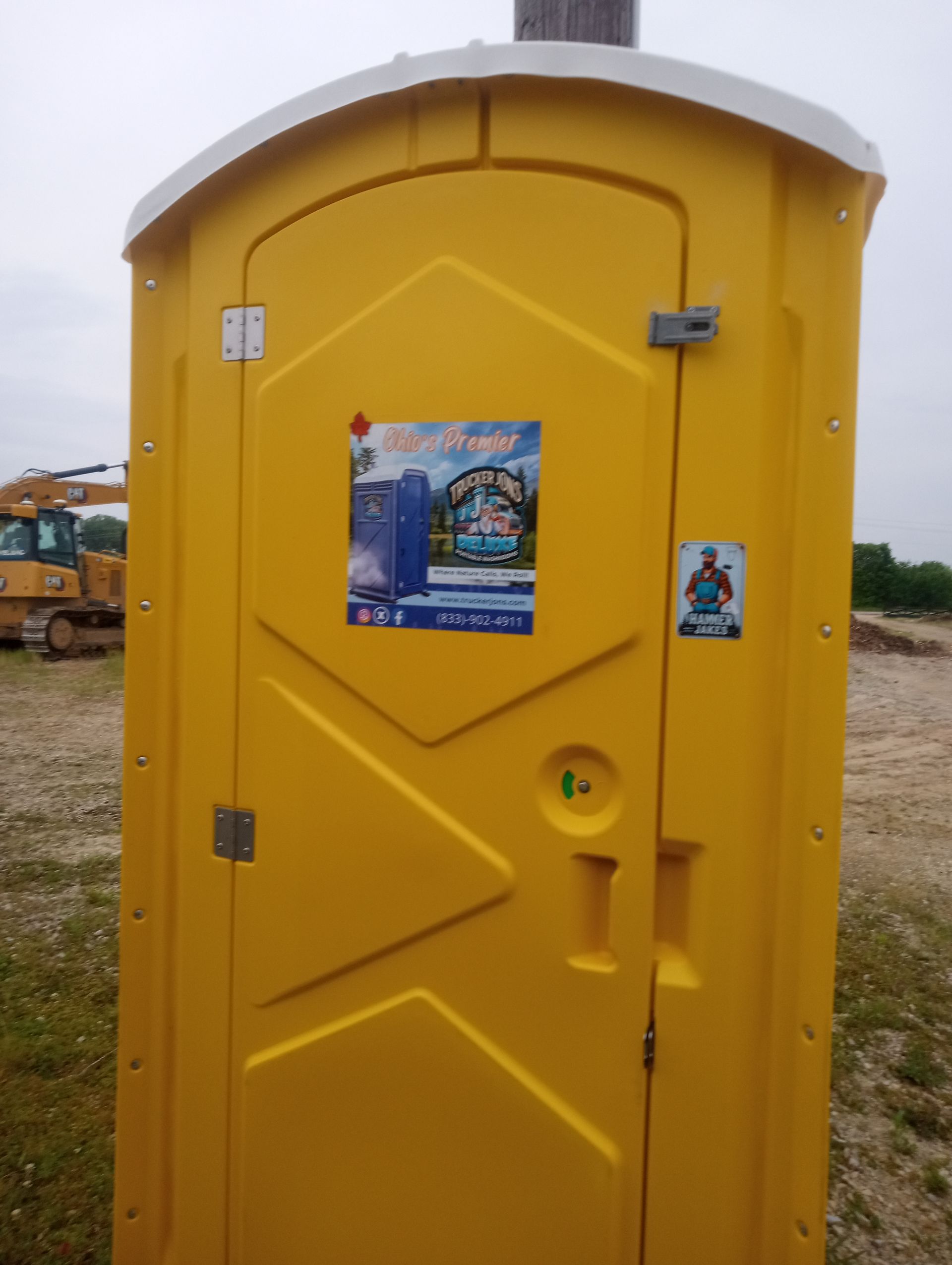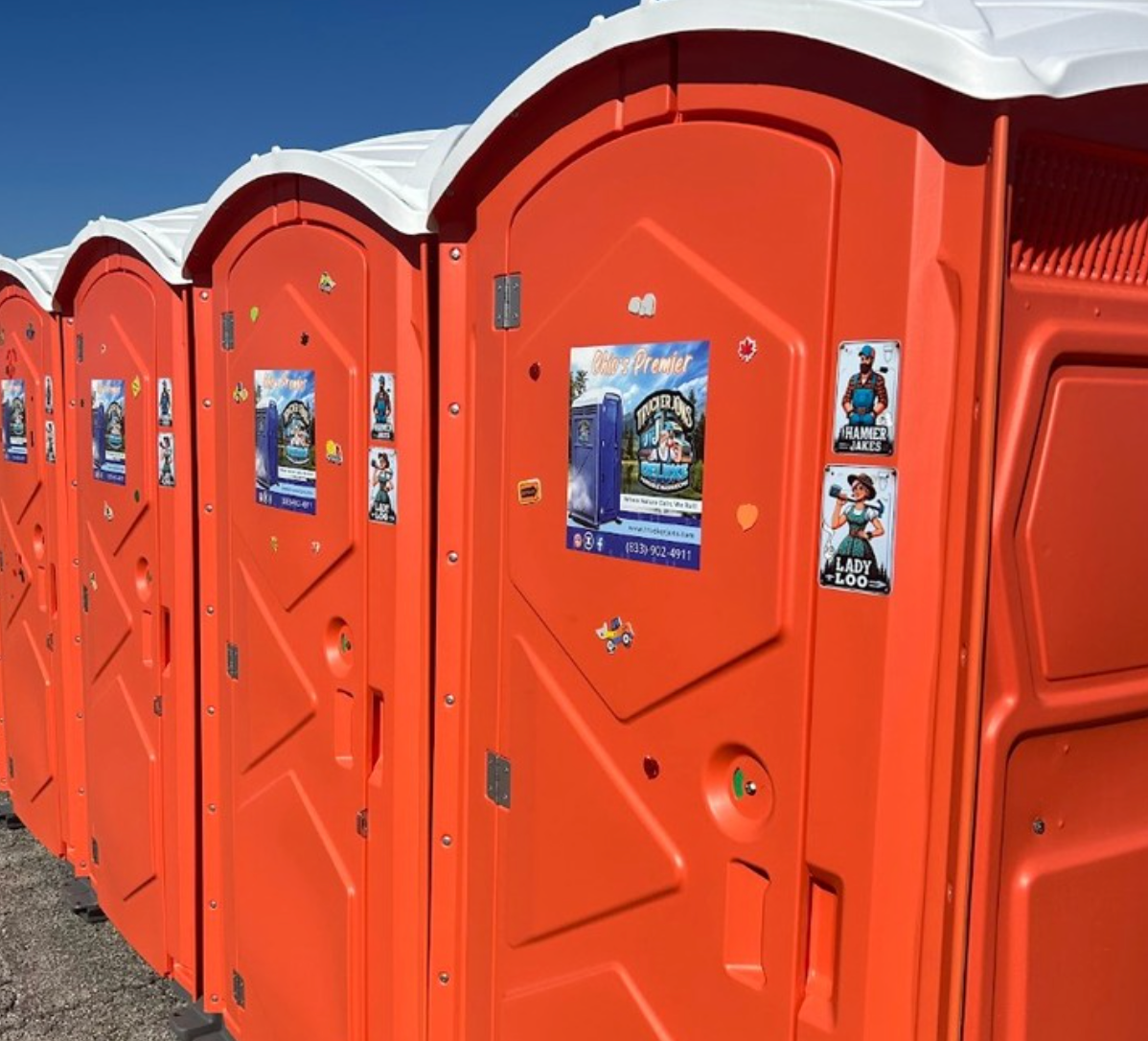How Often Do Portable Toilets Need to Be Emptied?
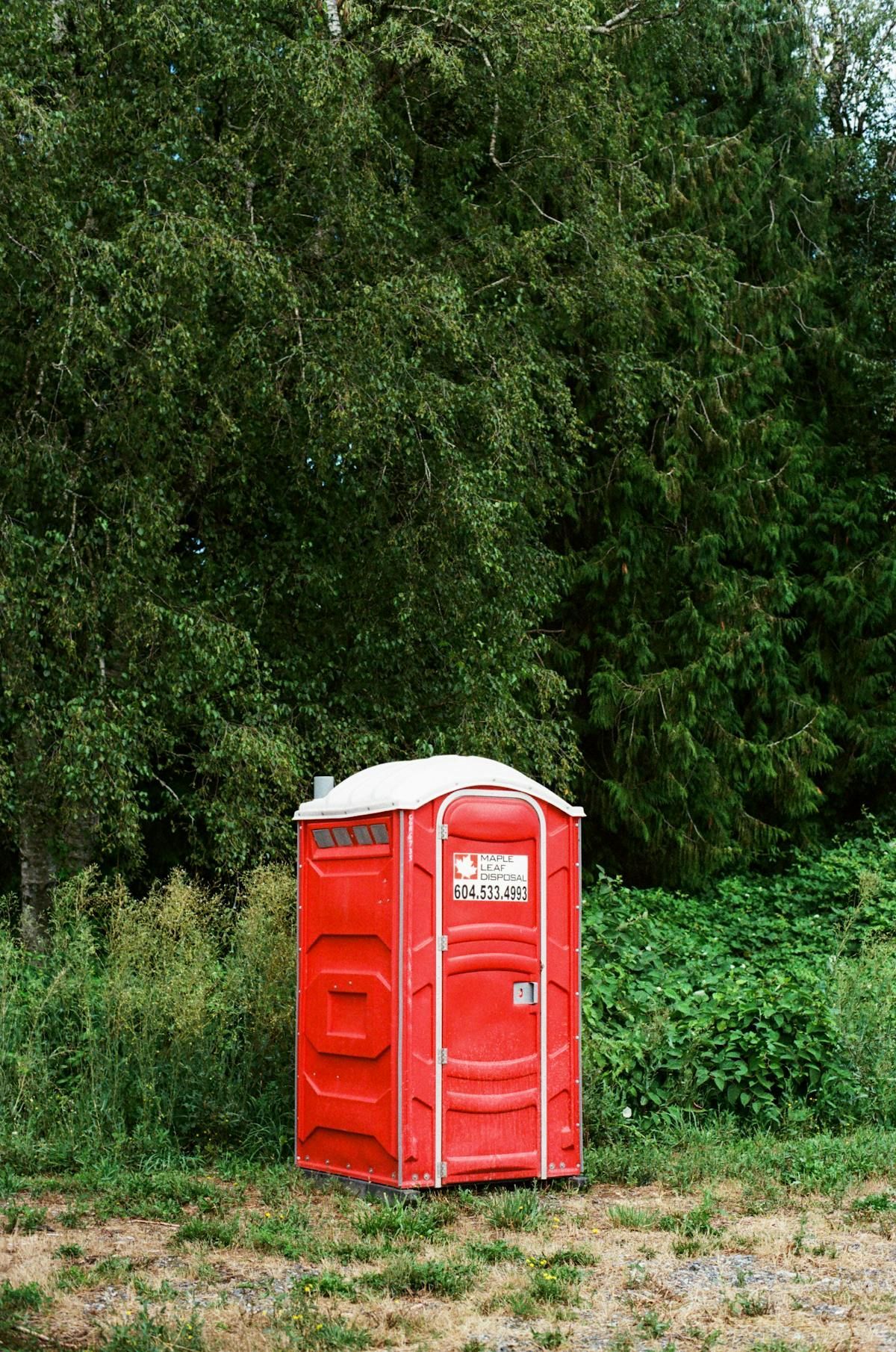
Introduction and Overview
Portable toilets are indispensable in construction zones, festivals, and remote work sites. They provide safe sanitation where permanent restrooms aren’t available, but they only work well when they’re regularly cleaned and pumped. Neglecting maintenance leads to odors, unhygienic conditions, and potential fines. This article explores How Often Do Portable Toilets Need to Be Emptied?, breaks down the variables that affect service frequency, and offers tips on keeping units sanitary. By understanding these basics, you’ll be better equipped to choose the right number of units, schedule cleanings, and manage costs.
Key Factors Influencing Service Frequency
Several variables determine how often a portable toilet needs to be emptied:
User count: A good rule is one portable toilet per ten full‑time workers on a construction. At events, plan two toilets per 50 guests for a 6–10‑hour gatheringkerkstraservices.com. Larger crowds or alcohol service increase usage, requiring more units or more frequent.
Duration: Short events might only need pumping before and after, while multi‑day festivals or long‑term projects require weekly or daily.
Traffic patterns: High‑use units need multiple cleanings per week; low‑traffic units can go longer between services.
Weather: Warm temperatures speed waste decomposition and intensify smells, necessitating more frequent pumping. Cold weather can extend the life of deodorizing chemicals.
Type of use: Events with heavy food and drink consumption or alcohol increase waste output and may need extra services.
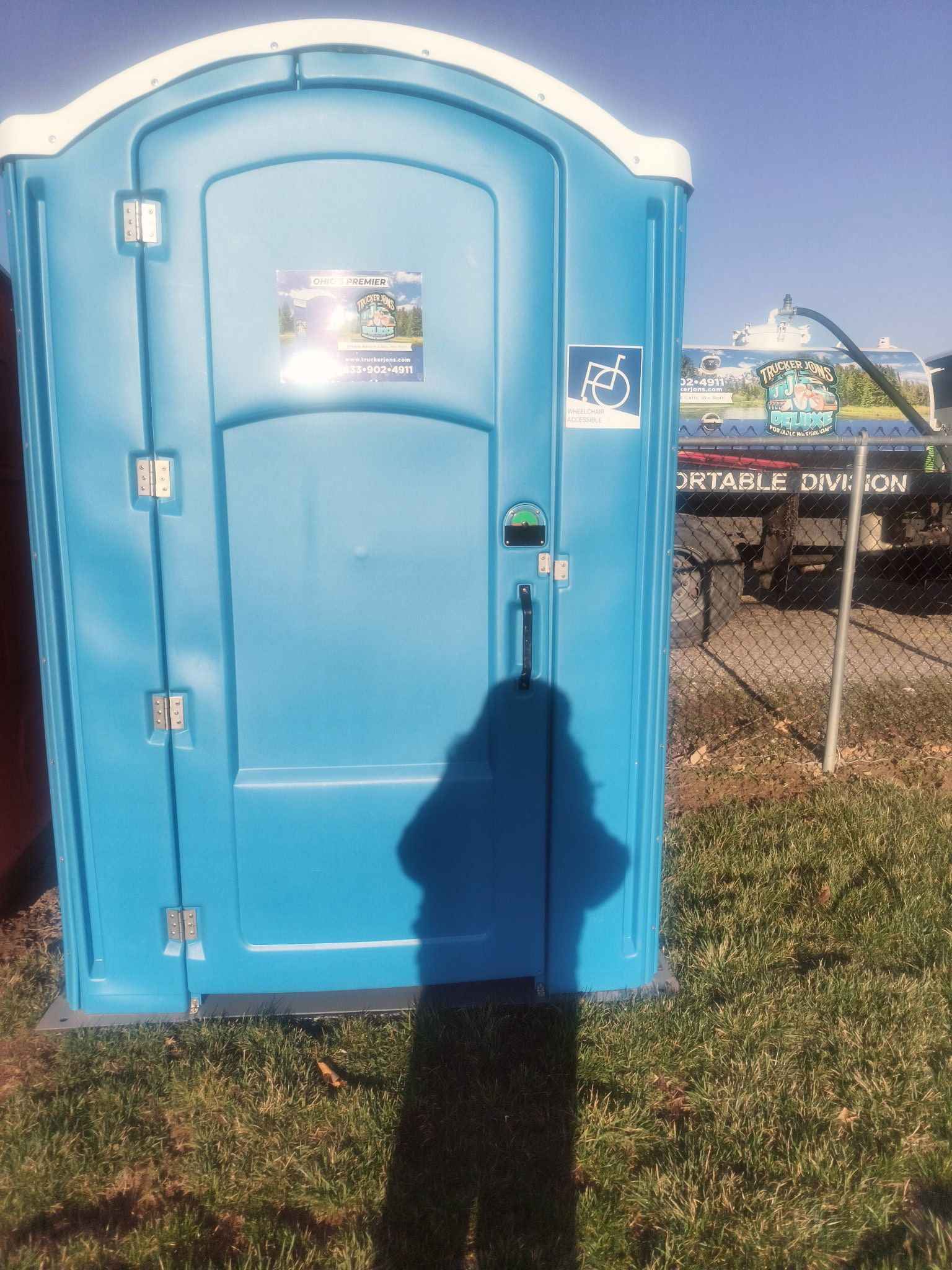
Best Practices for Maintaining Portable Toilets
Good maintenance involves more than just pumping waste. Here are a few tips to keep units clean and compliant:
Follow recommended ratios: One unit per ten workers keeps lines short and prevents overuse. For events, two units per 50 guests help distribute traffic.
Monitor levels: Check tanks regularly; if waste water overlaps the bowl or the blue deodorizer turns green, it’s time to pump. Clean interiors and restock supplies like sanitizer and toilet paper during each service.
Plan mid‑week service: During hot weather or peak usage, schedule an extra cleaning mid‑week. This prevents overflow and keeps odors under control.
Ensure accessibility: Place units where service trucks can reach them easily. Blocked access or locked gates delay pumping and can create backups.
Signs It’s Time to Empty a Unit
Even with a set schedule, certain signs indicate that a portable toilet needs immediate attention:
Foul odors or discolored liquid: Once the deodorizing liquid changes color or starts to smell, the chemicals have broken down and waste levels are high.
Overflowing water: If water backs up into the bowl, the holding tank is full. This needs urgent pumping to avoid unsanitary overflow.
Dirty conditions: Messy floors, seats, or sinks signal heavy use. Pumping and cleaning restore hygiene and prevent health risks.
Low supplies: Running out of toilet paper, sanitizer, or soap can mean the unit is receiving more visitors than expected. Replenish supplies while scheduling pumping.
Can You Empty a Porta Potty Yourself?
Small camping or RV toilets can be emptied by hand, but commercial portable restrooms should be serviced by professionals. Pumping requires special vacuum trucks and safe disposal procedures. Improper handling poses health risks and could result in environmental contamination and fines. For large events or job sites, it’s best to work with a licensed company—preferably one that offers Premium Portable Restroom Rentals and similar services. These companies know exactly How Often Do Portable Toilets Need to Be Emptied? and have the right tools and permits to dispose of waste safely.
How Often Do Portable Toilets Need to Be Emptied? – Cost Considerations
Regular service protects user comfort, but it also impacts your budget. Most rental agreements include weekly pumping; however, high‑traffic sites or events may need more frequent cleanings. Here’s what to know:
Basic rates: Pumping a standard portable toilet once a week typically costs $75–$200, depending on your area and service provider.
Extra cleaning charges: If you need daily service—common at festivals or busy construction sites—expect costs to increase proportionally. Some suppliers offer discounts for multiple units or long‑term contracts.
Add‑ons and upgrades: Additional facilities like sinks or hand sanitizer stations improve hygiene but add to the overall cost. Bundling services with a provider that offers A Portable Rental Sanitation Company may keep costs down.
Damage fees: Misuse or vandalism can result in repair or replacement charges. Keep units secure and educate users to minimize these costs.
How Much Does a Porta Potty Cost Per Month?
Rental prices vary based on features and service frequency. Basic construction models typically rent for $100–$175 per month, including weekly pumping. Event units with upgraded interiors or sinks range from $200–$400 per month. Luxury restroom trailers, often used for weddings or VIP areas, can exceed $1,000 per month. Seasonal demand also affects pricing; rates tend to rise during spring and summer. Checking with vendors offering Dump Trailers - Coming Soon! or similar packages can help you compare options and select the right units for your budget.
How Much Does It Cost to Pump Out a Porta Potty Near Me?
Local factors such as fuel costs, labor rates, and disposal fees influence pumping prices. In general, a single pumping service ranges from $80–$150. Rural areas often have lower disposal fees, while urban regions may charge more. If your site is remote, your vendor might include travel surcharges. When comparing quotes, ask providers how they calculate pumping costs and whether they offer tiered pricing for frequent service. Bundled pricing is common when you rent multiple units or sign longer contracts.
How Much Does It Cost to Service a Porta Potty?
Service costs cover more than just pumping. They include sanitizing surfaces, refilling chemicals, and restocking supplies. Basic service packages range from $65–$150 per visit. ADA‑compliant or deluxe models cost more because they have larger tanks and require more labor. Environmental regulations can also increase disposal fees. To keep your budget in check, work with a reputable provider—preferably one offering Other Portable Rental Sanitation Services—so you understand what’s included in the service package.
Recommended Service Schedule
For a construction site with 10 workers, rent 1 portable toilet and schedule a weekly pump-out.
For a 50-guest event lasting 6 hours without alcohol, rent 1 portable toilet and arrange service before and after the event.
For a 25-guest event lasting 4 hours where alcohol is served, rent 1 portable toilet and schedule service before and after the event.
For a multi-day festival with 100+ guests, rent 2–3 portable toilets and arrange daily service.
Conclusion
In the end, How Often Do Portable Toilets Need to Be Emptied? depends on several variables: the number of users, event length, climate, and the type of event. Weekly pumping is a good starting point, but high‑traffic or high‑temperature conditions may demand daily service. To avoid unpleasant surprises, monitor conditions, adjust service schedules as needed, and hire professionals with the proper equipment.
For additional guidance on portable toilet maintenance, check out How Often Does a Porta Potty Get Serviced at a Construction Site?. With careful planning, reliable service partners, and attention to detail, your portable toilets will remain clean, compliant, and user‑friendly.
